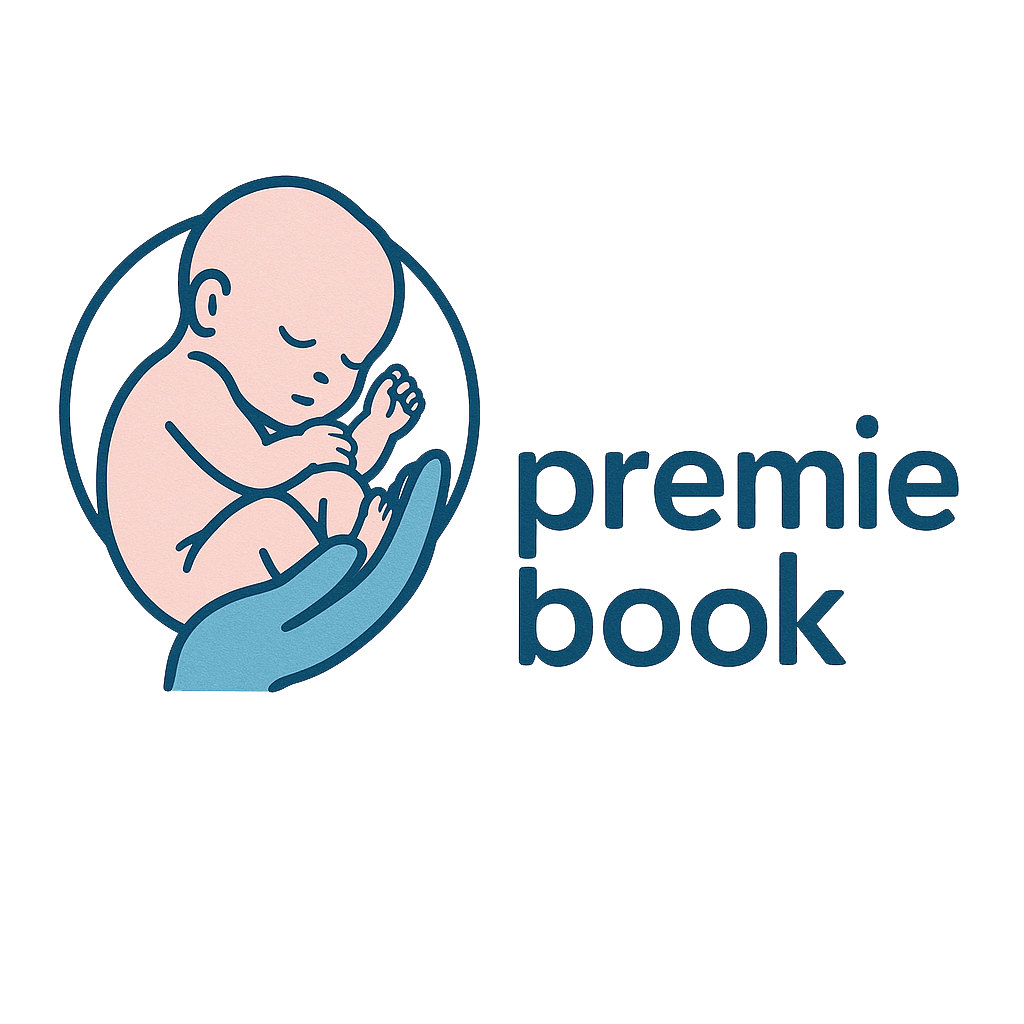The hang tag market has evolved into a dynamic and competitive space, shaped by innovations in materials, printing technologies, and sustainability initiatives. Once a simple component of retail packaging, hang tags have become an essential element of brand identity and consumer engagement. Across industries such as apparel, footwear, accessories, and home décor, hang tags serve not only as identifiers but also as storytelling tools that reflect a company’s values, design philosophy, and environmental commitments.
Material selection plays a pivotal role in segment differentiation within the hang tag industry. Paper-based tags continue to dominate the global market due to their cost-effectiveness, customizability, and recyclability. However, the emergence of premium and eco-friendly materials such as kraft paper, cotton, bamboo, and seed paper has added new dimensions to the market. Plastic-based and synthetic tags are still used in select applications, especially for products requiring moisture resistance or long shelf life, but their market share is gradually shrinking amid environmental concerns.
The hang tag market segmentation also extends to printing technology and application types. Digital printing has gained prominence for its flexibility and high-definition output, allowing brands to experiment with textures, metallic finishes, and variable data printing. Meanwhile, offset and flexographic printing remain preferred choices for large-scale manufacturing. On the application front, the apparel sector continues to lead, accounting for more than half of the global hang tag demand, followed by footwear, accessories, and cosmetics packaging.
According to hang tag segment outlook, the industry is expected to witness diversification driven by new end-user applications. The luxury goods segment is increasingly adopting premium hang tags with advanced security features such as holograms, embossing, and RFID chips to combat counterfeiting. Similarly, the sustainable product segment is favoring tags made from biodegradable and compostable materials that align with green labeling standards. This shift toward environmentally conscious branding is expected to redefine market positioning strategies across industries.
Geographically, Asia-Pacific remains the leading manufacturing hub due to its robust textile industry, with countries like China, India, and Bangladesh producing vast volumes of hang tags for export-oriented apparel brands. In contrast, North America and Europe are focusing on innovative designs and sustainability certifications, setting new benchmarks for responsible packaging. The Middle East, Africa, and Latin America are emerging markets where increasing retail expansion and brand localization are driving steady demand growth.
Over the coming decade, technological integration will further diversify hang tag functionalities. Smart tags featuring QR codes and NFC technology will offer interactive digital experiences, allowing consumers to verify product authenticity, access brand stories, and participate in loyalty programs. As these innovations mature, the hang tag market will evolve beyond physical branding tools into intelligent communication platforms that enhance brand-consumer relationships.
In summary, the segmentation of the hang tag market reflects the broader evolution of global packaging trends — emphasizing sustainability, technology, and design differentiation. As industries pivot toward circular economy models, hang tags will continue to be at the forefront of eco-conscious, digital-ready branding solutions.
Browse More:
Asepti Packaging Machinery Market Share
Cheese Packaging Market Growth


